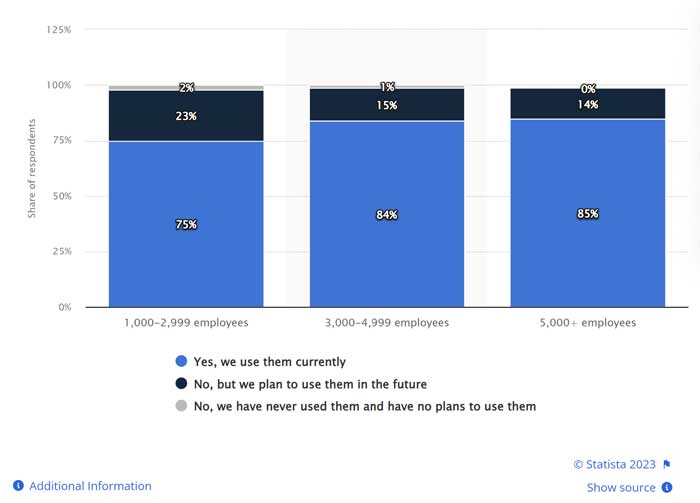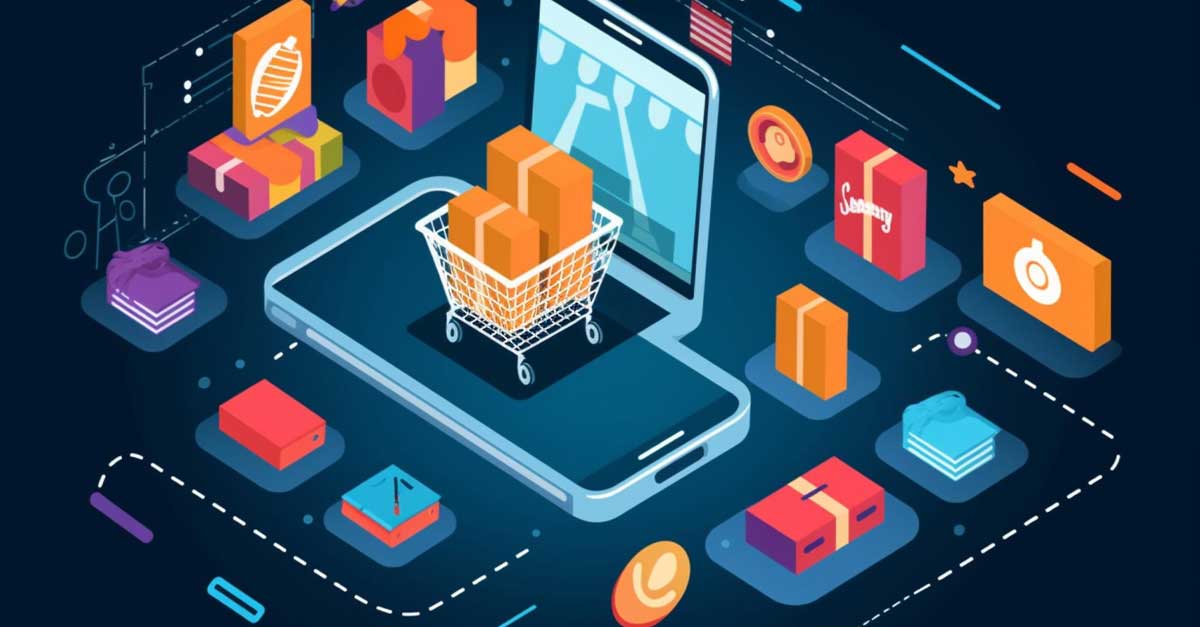Studies have found that over 85% of large enterprises leverage a microservices architecture in their digital channels to some extent. If you are an eCommerce business and still using the traditional monolithic application architecture, you are missing out on some major advantages.

The industry is already moving towards being dominated by a composable commerce architecture that allows businesses to pick and choose as many cloud services as they need to build their end-to-end digital ecosystem for online retail. Having a microservices architecture is the foundational step in moving towards composable commerce.
Let us explore why opting for a microservices-oriented architecture is the best way forward for eCommerce businesses today:
Performance Improvement with Front-End and Back-End Abstraction
Taking a cue from the advantages of composable commerce, one of the biggest takeaways from leveraging a microservices-oriented architecture for eCommerce applications is that the front-end and back-end services of the website can be modified, scaled, and optimized independently.
In the event of a traffic spike or unusual visitor behavior, online retailers can focus on scaling specific services within the front-end or back-end as needed rather than having to make adjustments to the entire technology stack. This reduces maintenance effort. It also allows better response to high-traffic scenarios like, for example, the holiday shopping season when traffic to eCommerce businesses goes over the roof.
Embrace Hyper-Personalization
Today, eCommerce applications often have to serve consumers over a number of devices or mediums like smartphones, smart home devices like television screens, or even shopping options on smart refrigerators. Each of these customer touchpoints may require extensive personalization and configuration — facets that evolve over time.
Having an agile technology architecture is critical to ensure that this hyper-personalization demand is fulfilled. Microservices allow for a headless commerce approach wherein different front-end interfaces can be developed to work with a common back-end commerce engine. Taking a step further, businesses can go the composable commerce route to have even more customization services implemented in the back-end.
The beauty of such a de-coupled environment is that it becomes easier to develop new use cases in personalization for both the front-end and back-end experiences up to any level by involving technologies like AI, machine learning, analytics, and much more.
Freedom of Choice for Services
With microservices, retailers can bet on improving their customer experience by mixing and matching different technology services for every aspect of their business. For example, they can choose a SaaS vendor for handling the checkout interface, another for payments, another for recommendations, yet another vendor for logistics management, and much more.
Each of these service providers may have developed their offering in their own preferred programming language or technology stack. This diversity doesn’t impact their ability to work together in a microservices-based architecture of an eCommerce application.
All that is needed are the right API interfaces for seamless and secure data exchange between each of the services on demand. Ultimately, this allows eCommerce players to compete in the market by leveraging the best-breed solutions in every operational area.
Faster Time to Market
In the past, eCommerce businesses had to endure a huge effort to launch new features or services via their application. This was because their technology stack was tightly coupled. Every change introduced had to be validated for integration compatibility, acceptance testing, and overall system stability.
With a microservices architecture, the entire application works as a modular entity. When a new feature is added to the site, only those modules that liaise with the feature have to be modified to accommodate new changes.
In most cases, the features are developed as a back-end service. A new API call is initiated from the existing front-end interface, thereby necessitating only minimal customization or modifications for the application. This saves time in development and allows businesses to launch new features faster into the market and gain a competitive advantage.
An added benefit of this composable commerce approach is also the need to have only a smaller and less complex codebase. Contrarily, in the case of a monolithic architecture, the codebase would be large and need considerable effort to be updated in the event of even a small change.
Lower Failure Impact and Downtime
When a large application exists as a collection of services, it’s seldom prone to widespread disruptive failure. In most cases, only one service or feature may be affected and experience downtime. In such a scenario, it is straightforward for developers to isolate the incident and rectify the service without causing the entire application to be impacted.
This greatly improves customer experience as the business can easily switch the impacted service to an alternative backup service to help continue the business cycle. The impacted service can be rectified and redeployed quickly by technical teams in the back-end.
Conclusion
Opting for a composable commerce ecosystem powered by microservices is the ideal technology environment for modern retailers to grow their online business sustainably today. But picking the right services, managing and orchestrating different modules with the right APIs and data access layers, etc., requires a high degree of strategic planning and implementation of microservices architecture.
This is where an expert partner like Ignitiv can turn out to be the best option for eCommerce businesses to transition into a fully modular technology stack powered by microservices.








